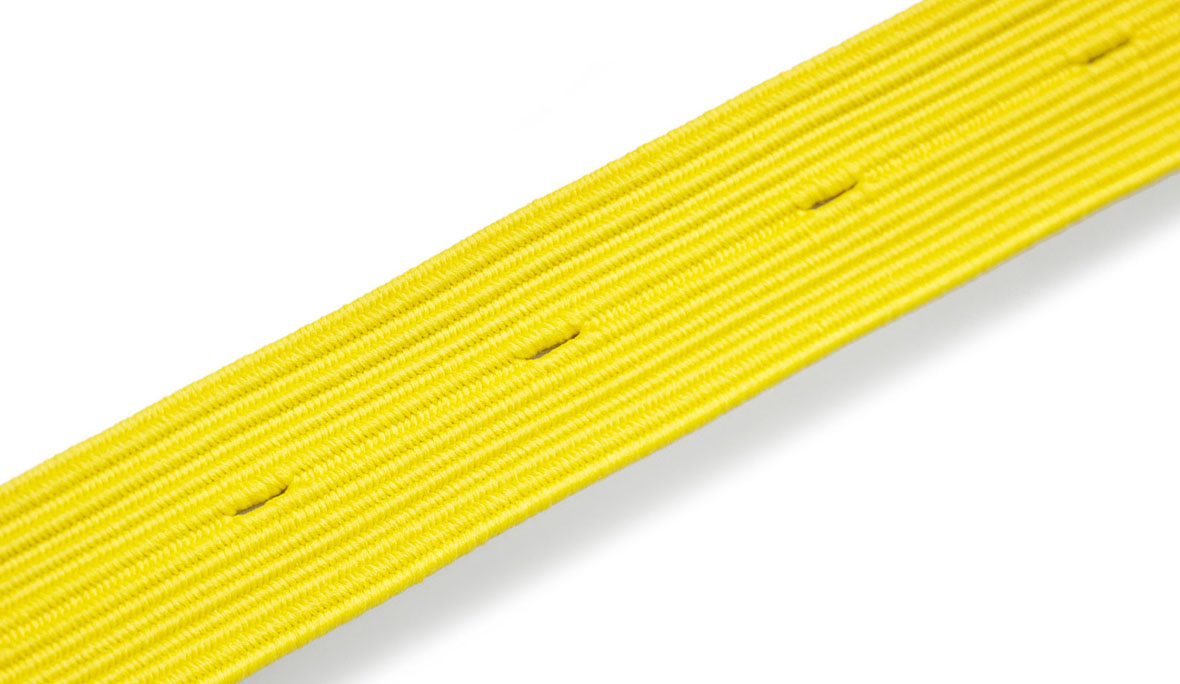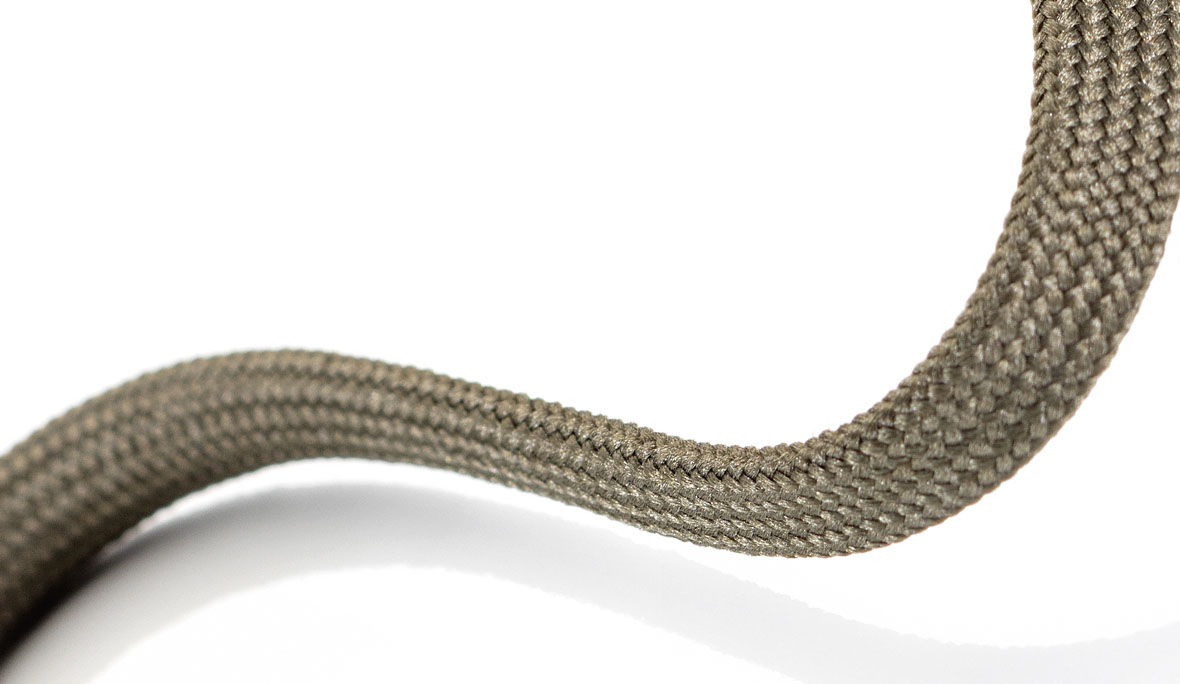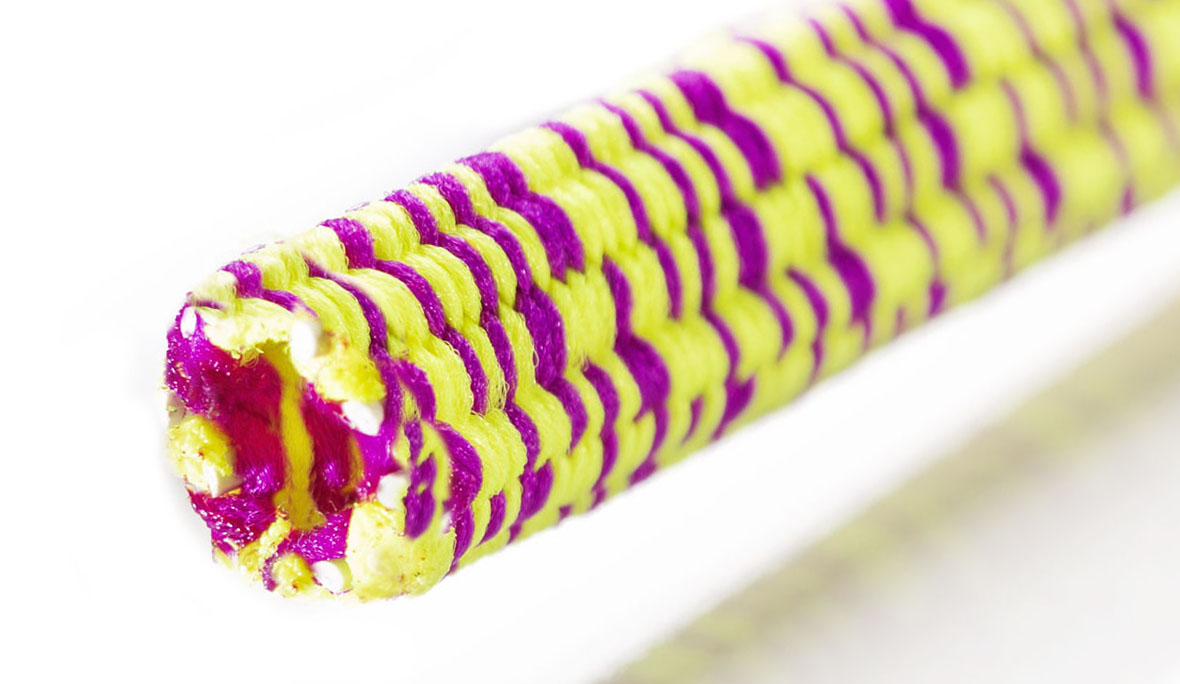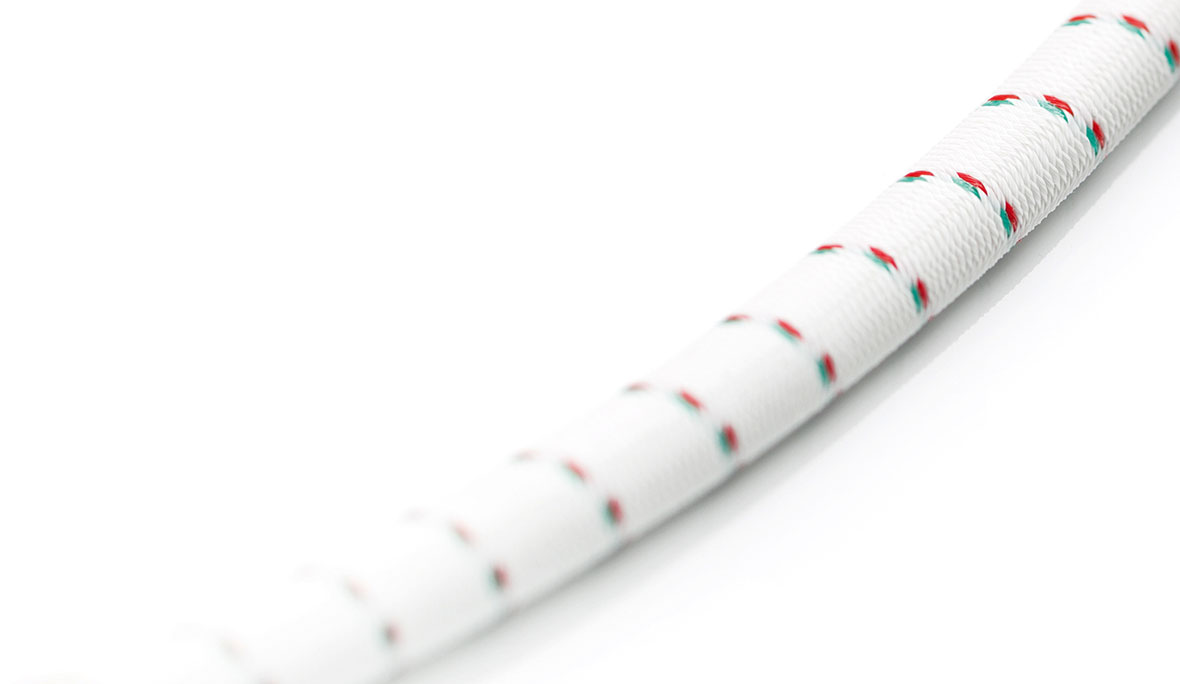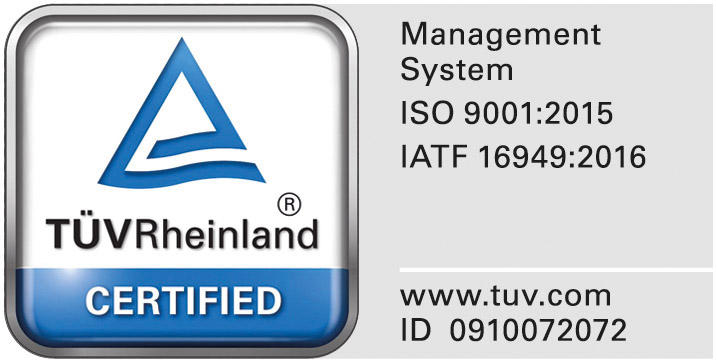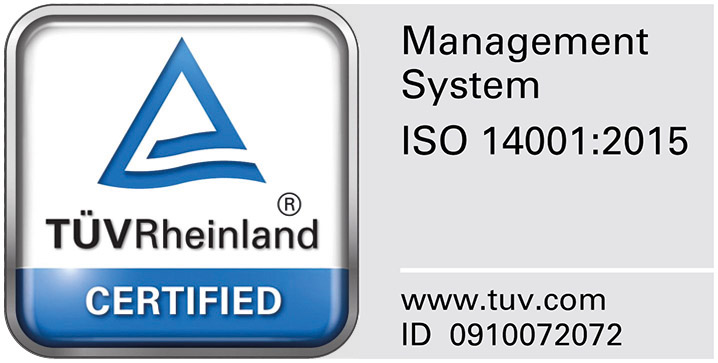Textile technology V – Braiding
2021-07-14
Millennia-old process, state-of-the-art technology in Braiding Technology
Yeast dough rolls, hair bundles, willow sticks – as is well known, anything that is long and flexible can be braided. Provided you have at least three strands. However, our technical textiles obviously use other materials: high-tech fibres that we process into high-performance textiles on state-of-the-art braiding machines. In most cases, many more than three strands are used.
Various geometries in Braiding Technology
The classics among the braids are the braided ribbon, the commonly called lace and the cord. Today, however, braids also have tubular and many other very complex geometries – from round braided tubulars as sheathing for cables to special shapes as reinforcing structures for automotive engineering. Nowadays, braiding is a high-tech technology. Braids are high-tech products for demanding applications. The outstanding feature of all braids is the oblique angle at which the braided strands are placed in relation to each other. Its direction is between 10° and 80° to the product direction. (In Woven fabrics, on the other hand, the yarn systems are generally perpendicular to each other.)
Variable properties, individual functionality
The precise braiding angle, the number of threads, the type of weave and the braid density, i.e. the number of braids per length section are decisive for the respective functionality of a braid. In addition to the material, these are the parameters that allow us to precisely define the properties of the narrow fabric – such as its stretchability or porosity (i.e. the ratio of cavities to its total volume). The perfect fit for the respective requirement. The characteristics of braids can also be defined by filler threads. They are integrated in the 0° direction of production and turn the biaxial braid into a triaxial braid. In this way, we can also control functions such as impact stress or absorption capacity.
Versatile braided structures
We distinguish the structure of braids into flat braids (laces) and round braids (cords and tubulars) on the one hand and 3D braids on the other. Regardless of their external geometry, the interwoven threads in the former two only cross on one plane, whereas in 3D braids they cross in all three spatial directions. The 3D process thus opens up a wide range of braided shapes and profiles.
Woven-in functional elements – Braiding Technology
No matter which braided structure – we can incorporate functional elements such as buttonholes, filaments, conductive materials and fastening elements during the braiding process in Braiding Technology: Elements that are added later in non-textile materials are a firmly integrated part of the product in braids.
Numerous applications in all industries in Braiding Technology
Braided technical textiles are used in almost every area of life: as high-performance submarine cables, as fire-resistant cords on protective suits, as braided laces on orthoses, as tension straps in car seats, as fibre-reinforced lightweight components in aircraft construction and in countless more applications. And thus we produce braids for almost all industries: from the toy industry to automotive, and from civil engineering to aviation.
Braids by JUMBO-Textil
Photos: JUMBO-Textil


